Samyang 85mm f1.4
-
-
Written by Ken McMahon
The Samyang Rokinon 85mm f1.4 is an affordable short telephoto lens with a bright focal ratio that’s ideal for portrait work. Like other Samyang lenses, it’s manual focus only, but comes in at a considerably lower price point than similar lenses from the big camera companies. Note Samyang lenses are branded as Rokinon and Walimex in some regions.
The lens comes in two versions: the basic non-AE version is available for Canon, Nikon, Pentax, Sony A, Sony E, Four Thirds and Samsung mounts, while an additional AE version is exclusively available for the Nikon mount and features additional circuitry which passes metering information and allows the camera to show a focus confirmation through the viewfinder – although both the AE and non-AE versions remain fully manual focus.
The AE version measures 72mm in length, has a maximum diameter of 78mm, an optical construction with nine elements in seven groups, a minimum focusing distance of 1m, weighs 520g and employs 72mm filters. The headline specification though is price which is lower than even 85mm f1.8 lenses from the big names. So the question is how does the quality compare? I’ve begun a series of tests with the Samyang 85mm f1.4 AE using the demanding Nikon D800e and can share quality comparisons with the premium Nikkor 85mm f1.4G below. I’ll add more results to this report in the future including depth of field and bokeh comparisons. In the meantime though scroll down to see how the sharpness compares on a landscape shot focused to infinity.
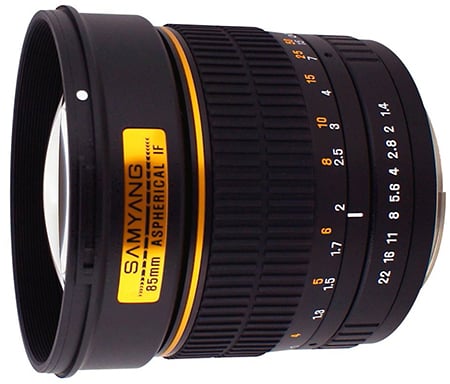 |
Samyang 85mm f1.4 quality on Nikon D800e
I shot the scene using the D800e’s RAW mode and processed the files in Adobe Camera RAW (ACR) via Photoshop using the following settings: Sharpening at 70 / 0.5 / 36 / 10, Luminance and Colour Noise Reduction both set to zero, and the Process to 2012 with the Adobe Standard profile. The high degree of sharpening with a small radius enhances the finest details without causing undesirable artefacts. All lens corrections were disabled, so there’s no additional software compensation for vignetting, geometric distortion or chromatic aberrations. I’ll readily admit I was expecting a modest result from this affordable lens with the aperture wide open, but as you can see below, the quality is actually pretty good. On the downside the crop from the center is suffering from reduced contrast, along with some chromatic aberrations and flare in and around bright areas, but the level of detail isn’t bad. Impressively, if a little strangely, the result form the far corner of the full-frame is even better with a high degree of detail, reasonable contrast and no chromatic aberrations to mention. As the aperture is closed, the quality in the center improves with a gradual reduction in flare and chromatic aberrations, coupled with a boost in contrast and sharpness. I’d say the peak in the center is at f8, although the f5.6 result isn’t bad. As the aperture is closed, the sharpness also gradually improves in the corner, albeit to a lesser degree and strangely you’ll notice chromatic aberrations actually increasing with smaller f-numbers. This is the opposite to what I’d expect, but I can confirm the results you see here are correct. By the time the lens reaches f8, the fringing in the corners becomes quite obtrusive viewed at 100%, and worryingly it’s occurring in areas of not particularly high contrast. This makes it hard to recommend a sweetspot in the aperture range for the entire frame. The quality in the center definitely benefits from being stopped-down to around f8, whereas the peak for the corner is arguably around f2.8 to f4. Beyond this not only do chromatic aberrations become obtrusive in the corner, but the overall sharpness looks a little softer too. The good news is you can effectively eliminate the chromatic aberrations using software tools like those in the Adobe Camera RAW module, and I’ll show you an example below this first table. After that you can see how the Samyang 85mm f1.4 compares against the considerably more expensive Nikkor 85mm f1.4G. Scroll down to see more results! |
Samyang 85mm f1.4 corner sharpness Using Nikon D800e and Adobe Camera RAW |
Samyang 85mm f1.4 center sharpness Using Nikon D800e and Adobe Camera RAW | |
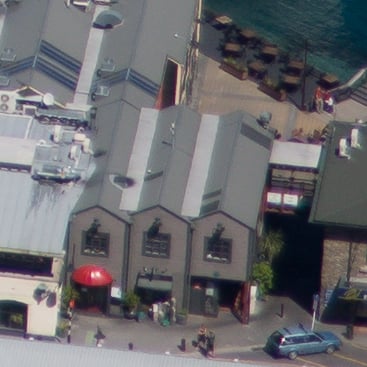 | 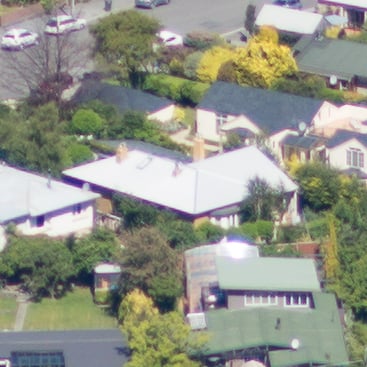 | |
Samyang 85mm f1.4 corner crop at f1.4 |
Samyang 85mm f1.4 center crop at f1.4 | |
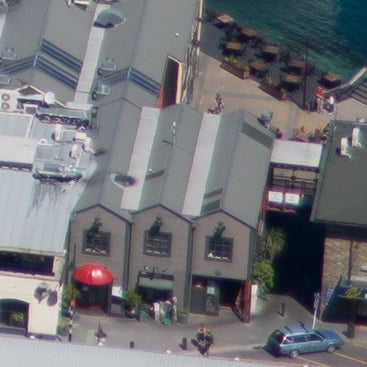 | 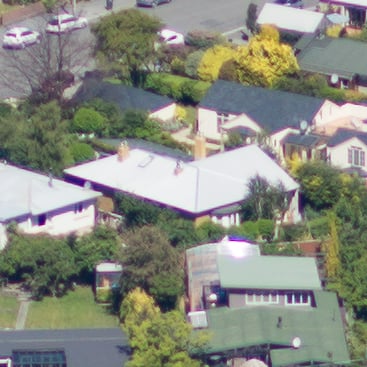 | |
Samyang 85mm f1.4 corner crop at f1.8 |
Samyang 85mm f1.4 center crop at f1.8 | |
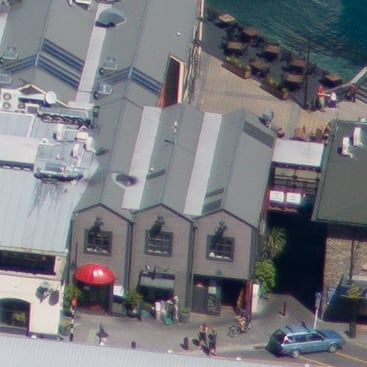 | 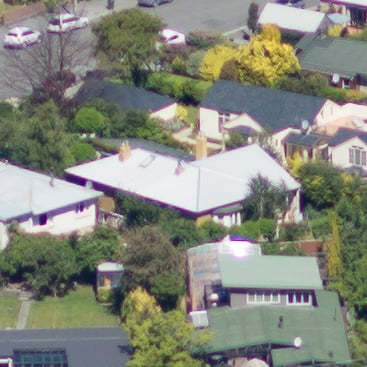 | |
Samyang 85mm f1.4 corner crop at f2 |
Samyang 85mm f1.4 center crop at f2 | |
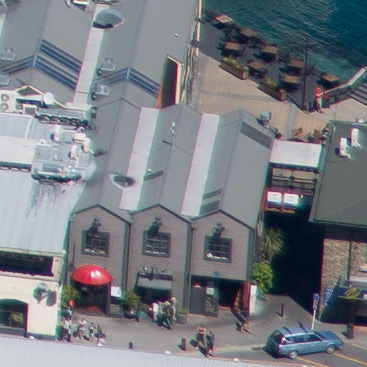 | 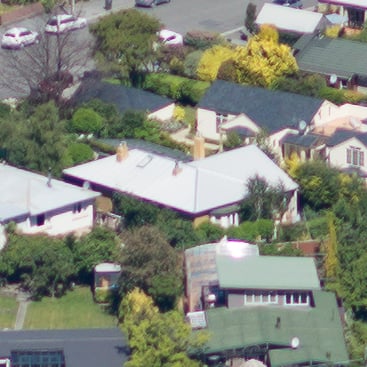 | |
Samyang 85mm f1.4 corner crop at f2.8 |
Samyang 85mm f1.4 center crop at f2.8 | |
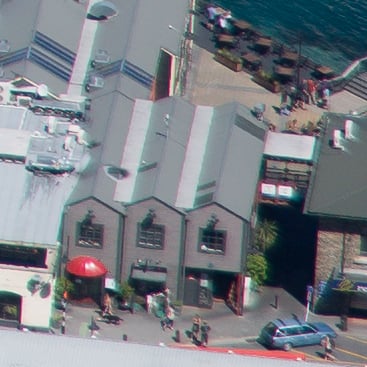 | 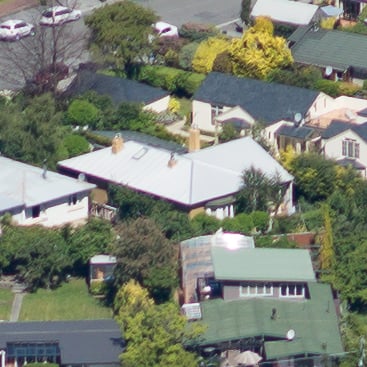 | |
Samyang 85mm f1.4 corner crop at f4 |
Samyang 85mm f1.4 center crop at f4 | |
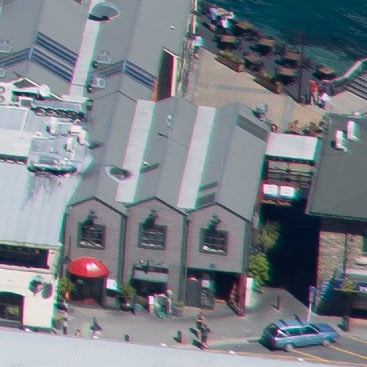 |  | |
Samyang 85mm f1.4 corner crop at f5.6 |
Samyang 85mm f1.4 center crop at f5.6 | |
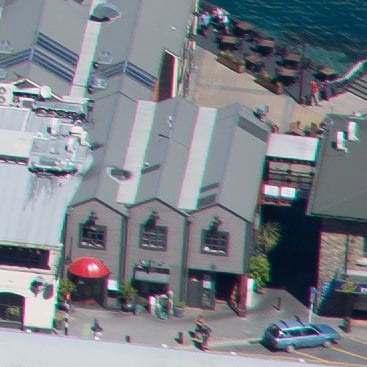 | 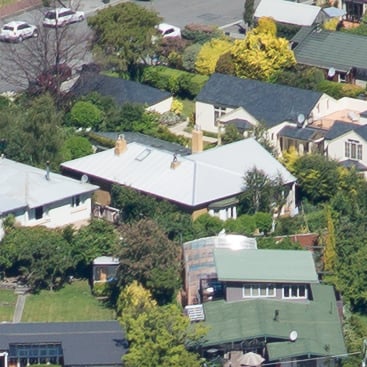 | |
Samyang 85mm f1.4 corner crop at f8 |
Samyang 85mm f1.4 center crop at f8 | |
Samyang 85mm f1.4 corner crop at f11 |
Samyang 85mm f1.4 center crop at f11 |
Samyang 85mm f1.4 with and without chromatic aberration correction
Below is an example of the corner quality at f8 without lens corrections in the lower left and with chromatic aberration correction enabled in the lower right. As you can see, the lens corrections in Adobe Camera RAW effectively remove any coloured fringing, greatly improving the overall quality, although argaubly the sharper result in the corner remains at larger apertures closer to f4.
Samyang 85mm f1.4 corner sharpness at f8 Using Nikon D800e and Adobe Camera RAW All lens corrections disabled |
Samyang 85mm f1.4 corner sharpness at f8 Using Nikon D800e and Adobe Camera RAW Chromatic Aberration correction enabled | |
 | 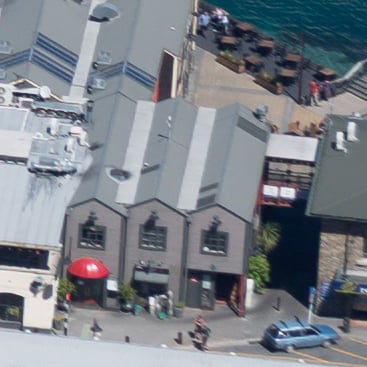 | |
Samyang 85mm f1.4 corner crop at f8 |
Samyang 85mm f1.4 center crop at f8 |
Samyang 85mm f1.4 vs Nikkor 85mm f1.4G corner quality
I shot the scene using the D800e’s RAW mode and processed the files in Adobe Camera RAW (ACR) via Photoshop using the following settings: Sharpening at 70 / 0.5 / 36 / 10, Luminance and Colour Noise Reduction both set to zero, and the Process to 2012 with the Adobe Standard profile. The high degree of sharpening with a small radius enhances the finest details without causing undesirable artefacts. All lens corrections were disabled, so there’s no additional software compensation for vignetting, geometric distortion or chromatic aberrations. This is a fascinating comparison that’s definitely split into two halves. The Samyang 85mm f1.4 enjoys a very strong start, amazingly delivering a crisper result than the Nikkor 85mm f1.4G in the corner when both have their apertures wide open. This advantage continues at f1.8 and f2, although by f2.8 the Nikkor has just about caught up. But then at f4 the tables are turned as the Nikkor 85mm f1.4G overtakes the Samyang, delivering a sharper result. As the aperture is closed further, the Nikkor performs as expected, becoming steadily sharper, although as we saw earlier, the Samyang’s corner performance actually appears to decrease beyond f4. So at f5.6 the Nikkor is looking much better and by f8 there’s a significant difference in quality. So at f4 and smaller apertures, the pricier Nikkor 85mm f1.4G enjoys the decisive lead you’d expect from a lens which costs considerably more. It’s also impressive to look at the results from the Nikkor and remind yourself these were processed with no lens corrections at all. Now scroll down further to see how the two 85mm lenses compare in the middle of the frame. |
Samyang 85mm f1.4 corner sharpness Using Nikon D800e and Adobe Camera RAW |
Nikkor 85mm f1.4G corner sharpness Using Nikon D800e and Adobe Camera RAW | |
 | 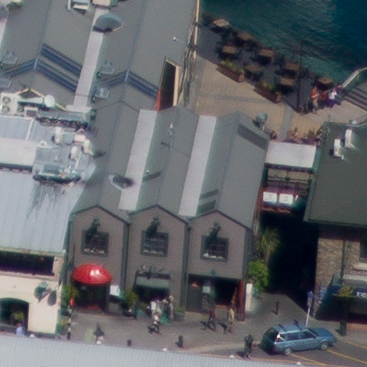 | |
Samyang 85mm f1.4 corner crop at f1.4 |
Nikkor 85mm f1.4G corner crop at f1.4 | |
 | 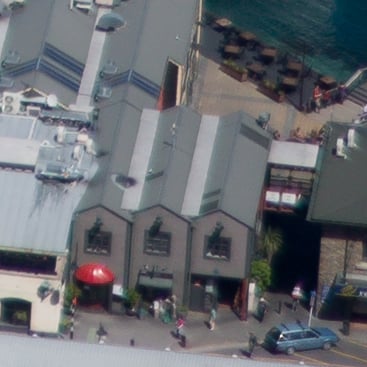 | |
Samyang 85mm f1.4 corner crop at f1.8 |
Nikkor 85mm f1.4G corner crop at f1.8 | |
 | 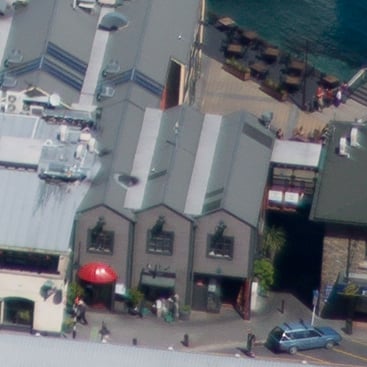 | |
Samyang 85mm f1.4 corner crop at f2 |
Nikkor 85mm f1.4G corner crop at f2 | |
 | 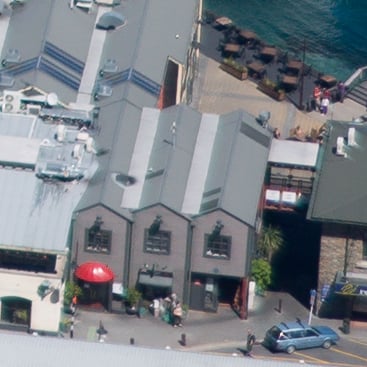 | |
Samyang 85mm f1.4 corner crop at f2.8 |
Nikkor 85mm f1.4G corner crop at f2.8 | |
 | 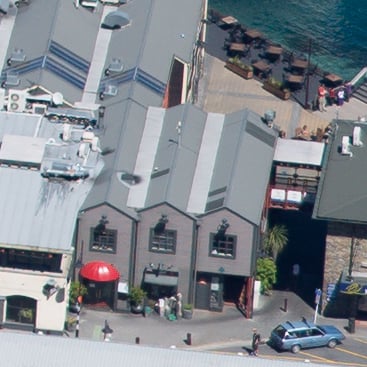 | |
Samyang 85mm f1.4 corner crop at f4 |
Nikkor 85mm f1.4G corner crop at f4 | |
 | 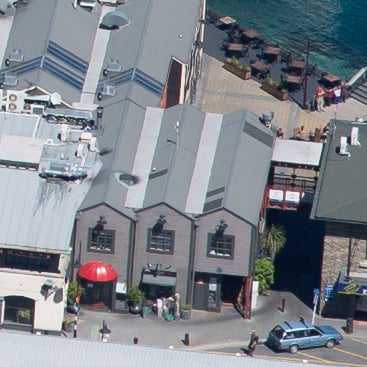 | |
Samyang 85mm f1.4 corner crop at f5.6 |
Nikkor 85mm f1.4G corner crop at f5.6 | |
 |  | |
Samyang 85mm f1.4 corner crop at f8 |
Nikkor 85mm f1.4G corner crop at f8 |
Samyang 85mm f1.4 vs Nikkor 85mm f1.4G center quality
I shot the scene using the D800e’s RAW mode and processed the files in Adobe Camera RAW (ACR) via Photoshop using the following settings: Sharpening at 70 / 0.5 / 36 / 10, Luminance and Colour Noise Reduction both set to zero, and the Process to 2012 with the Adobe Standard profile. The high degree of sharpening with a small radius enhances the finest details without causing undesirable artefacts. All lens corrections were disabled, so there’s no additional software compensation for vignetting, geometric distortion or chromatic aberrations. With both lenses wide open at f1.4, the quality in the middle of the frame is quite similar. Both lenses are suffering from reduced contrast, sharpess and a little flare, but the Nikkor is a little crisper and exhibits fewer chromatic aberrations. But this is pixel-peeping at 100%, and the good news is both lenses are roughly similar in the middle when wide open, which will please portrait photographers on a budget. Both lenses become sharper as their apertures are closed, but the revealing thing here is how much faster this happens on the Nikkor compared to the Samyang. You have to close the Samyang to around f8 before it attains peak sharpness, whereas the Nikkor arguably reaches it at f2.8 and enjoys a decisive advantage from this point on. You can really see this in the finest details, such as in the tree in the upper left corner of the crop. The Samyang does catch up a great deal by f8, but the Nikkor remains noticeably sharper even at this point. |
Samyang 85mm f1.4 center sharpness Using Nikon D800e and Adobe Camera RAW |
Nikkor 85mm f1.4G center sharpness Using Nikon D800e and Adobe Camera RAW | |
 | 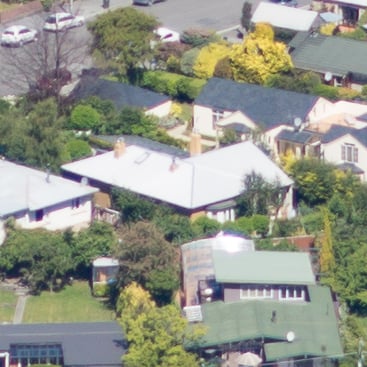 | |
Samyang 85mm f1.4 center crop at f1.4 |
Nikkor 85mm f1.4G center crop at f1.4 | |
 | 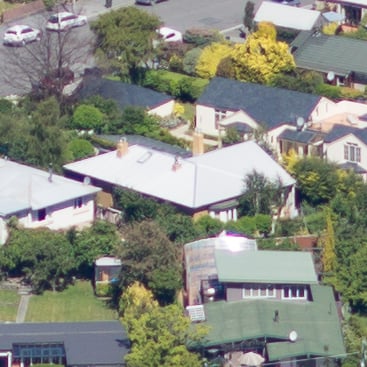 | |
Samyang 85mm f1.4 center crop at f1.8 |
Nikkor 85mm f1.4G center crop at f1.8 | |
 | 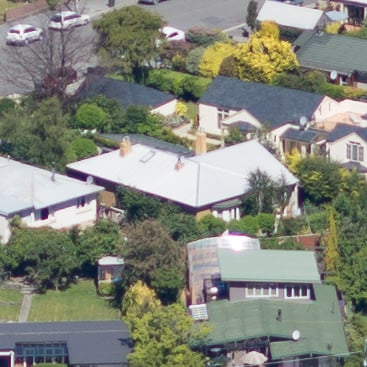 | |
Samyang 85mm f1.4 center crop at f2 |
Nikkor 85mm f1.4G center crop at f2 | |
 | 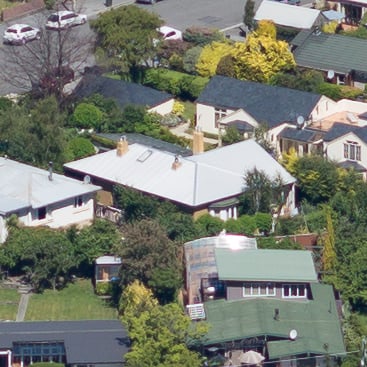 | |
Samyang 85mm f1.4 center crop at f2.8 |
Nikkor 85mm f1.4G center crop at f2.8 | |
 | 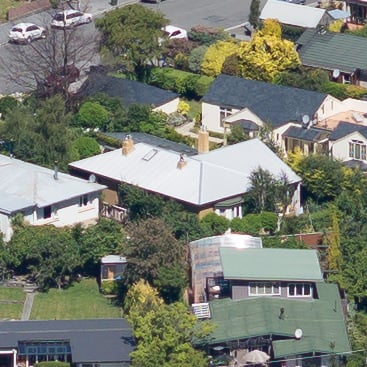 | |
Samyang 85mm f1.4 center crop at f4 |
Nikkor 85mm f1.4G center crop at f4 | |
 | 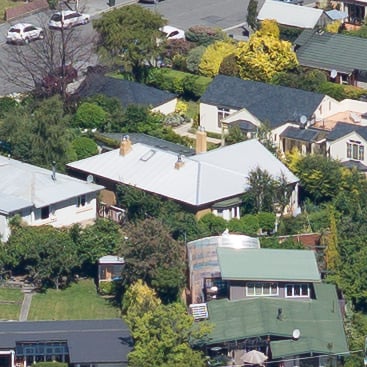 | |
Samyang 85mm f1.4 center crop at f5.6 |
Nikkor 85mm f1.4G center crop at f5.6 | |
 | 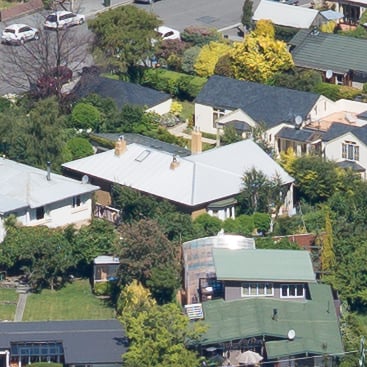 | |
Samyang 85mm f1.4 center crop at f8 |
Nikkor 85mm f1.4G center crop at f8 |
Samyang 85mm f1.4 verdict
This review is a work-in-progress and I hope to add some depth of field and bokeh quality comparisons along with some comments on build and focusing performance in the near future. So right now I can only comment on the quality when focused at infinity.
Viewed in isolation, the Samyang 85mm f1.4 delivers very good results. The quality in the middle is a little soft and exhibits some fringing with the aperture wide open but improves a great deal at f4 and by f8 is looking very crisp. Meanwhile in the corners, the quality looks great even with the aperture wide open, although strangely chromatic aberrations become more visible as the aperture closes. As such on our particular sample, it was hard to pick a sweetspot in the aperture range for the entire frame, but the good news is the fringing is easily eliminated using software tools, such as those in Adobe Camera RAW.
So far so good, but how does the Samyang compare against the Nikkor 85mm f1.4G? This is perhaps an unfair comparison as the Nikkor is a considerably more expensive lens, but since both share the same focal length and ratio, it’s a comparison which many will be curious about.
When both lenses have their apertures wide open, they’re actually remarkably close in quality. The Nikkor enjoys a minor edge in the middle, but the Samyang looks a little better in the extreme corners, which is an impressive result considering the price difference. It also means both lenses will perform similarly in terms of sharpness in their intended portrait environments. Again the Nikkor is a bit sharper in the middle at f1.4, but there’s not much in it.
But as both lenses are stopped-down, the differences become apparent. In the middle, the Nikkor improves dramatically between f1.8 and f2, and arguably delivers peak sharpness between f2.8 and f4. Meanwhile the Samyang remains quite soft in comparison as these apertures and needs to be closed to f8 before it’s reached peak sharpness – and even at f8, the Nikkor remains crisper in the middle.
Turning to the corners, the Samyang may enjoy a minor advantage over the Nikkor with the aperture between f1.4 and f2.8, but at f4 the Nikkor leaps ahead with a result which gets sharper and sharper as the aperture is closed, whereas the Samyang strangely becomes softer and suffers from increased chromatic aberrations.
So when both lenses are wide open, the sharpness across the frame is similar, but as the aperture is closed, the Nikkor quickly takes over and delivers noticeably sharper results. So if you were using the lens for detailed landscapes or architectural shots, you’ll much prefer the Nikkor, but these f1.4 lenses are primarily aimed at portrait work with their apertures wide open, at which point they’re actually very close in performance. I’ll be adding some bokeh and depth of field comparisons soon, but for now, the results at f1.4 are very promising for the cheaper Samyang. It’s also important to remember that if you were willing to stop the lens down for better quality, you may as well go for a cheaper 85mm f1.8 lens instead, and I can highly recommend the Nikkor 85mm f1.8G – see my Nikkor 85mm f1.8G review.
So if you’re concentrating on the performance at f1.4, where does that leave the Nikkor 85mm f1.4G? Well in terms on performance when focused at infinity, there’s not much in it, and the only real advantage of the Nikkor is its ability to autofocus and exploit the full metering capabilities of modern bodies. It’s also tougher, but models like the Samyang 85mm f1.4 are really shaking up the market and proving great quality can be had at a much lower price, so long as you’re willing to manually focus.
I look forward to updating this review in the near future, so please check back soon!




